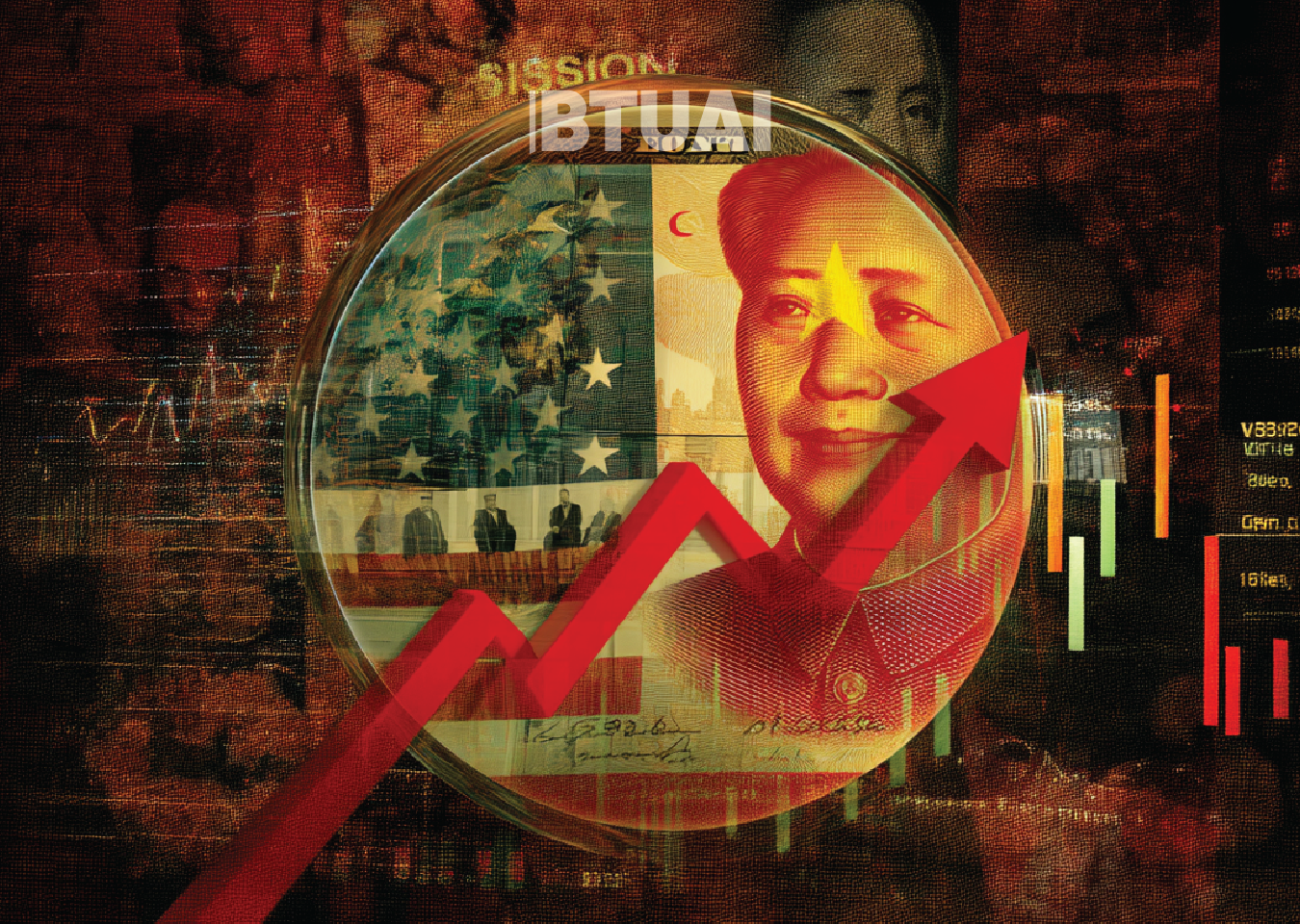China’s Slowing Growth and Trade War with the U.S. – A New Global Reality
By the end of 2024, China’s economy recorded 5.2% growth. However, this number masks deeper issues. The real estate

By the end of 2024, China’s economy recorded 5.2% growth. However, this number masks deeper issues. The real estate crisis, sluggish domestic demand, and declining investment indicate that the country is facing a structural slowdown. The IMF projects 2025 growth at just 4.6%, a significant drop compared to the country’s average over the past decades.
One of the key aggravating factors in 2025 is the intensified trade conflict between China and the United States. This conflict affects far more than just the two superpowers—it’s disrupting global value chains and forcing companies to rethink production locations. A noticeable trend is the acceleration of “China+1” strategies, where firms diversify their manufacturing by shifting to countries like Vietnam, India, or Mexico.
At the same time, China’s economic model—once driven by massive infrastructure spending, exports, and a real estate boom—is reaching its limits. The population is shrinking, the labor force is contracting, and domestic consumption isn’t growing fast enough to compensate for the shift.
The shock in the real estate sector has already spread into the financial system. Major developers are defaulting on obligations, and local governments are facing revenue shortfalls. Confidence among homebuyers is eroding, weakening a sector that once drove up to 30% of GDP directly and indirectly.
Globally, China has been responsible for nearly one-third of global economic growth over the past decade. Its slowdown is affecting everything from commodity prices to investment flows into emerging markets. Many countries are already experiencing declines in exports to China, while Chinese outbound FDI is also shrinking.
Ultimately, the world must adapt to a new economic landscape, where growth drivers are shifting and trade tensions are creating deeper structural shifts in how the global economy functions.




